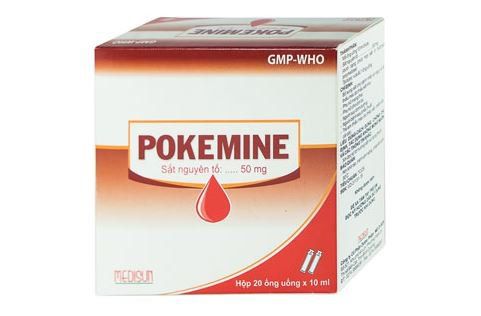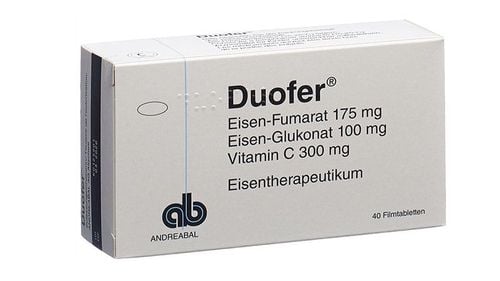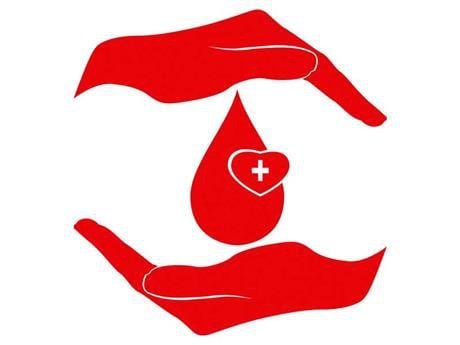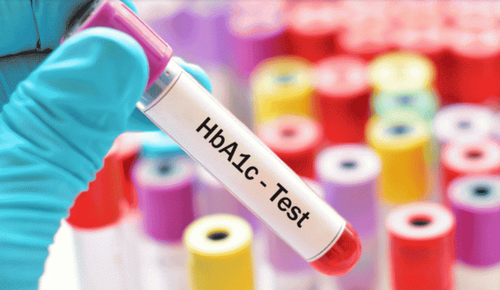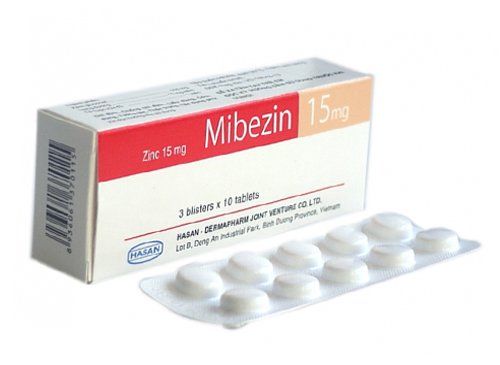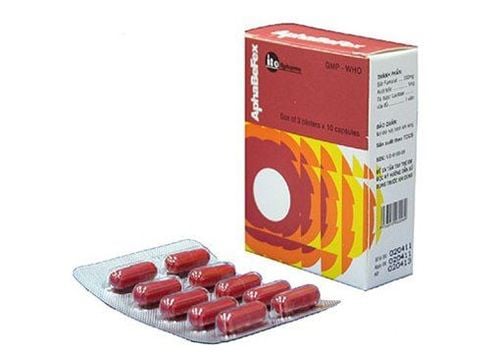This is an automatically translated article.
The article was professionally consulted by Doctor Vo Ha Bang Suong - Doctor of Medicine - Department of Medical Examination & Internal Medicine - Vinmec Phu Quoc International General Hospital. The doctor has more than 15 years of experience in the treatment of internal diseases.Iron in the blood plays a very important role in human health. If the amount of iron in the blood is out of the normal range, the body is likely to have some dangerous diseases such as iron deficiency anemia and other hematological diseases. Therefore, tests to evaluate iron factor in the blood are extremely necessary to be able to determine the patient's medical condition.
1. Assess the iron factor in the blood
To be able to assess serum iron accurately and completely, patients may be prescribed some types of laboratory tests to investigate iron-related problems such as iron determination in the blood, iron transport, etc. iron in the blood, the amount of iron stored in some organ tissues... Tests to evaluate iron in the blood include:* Serum iron test : is a test done to quantify iron in the blood. The patient's blood contains free iron, stored iron in the form of ferritin, and iron in the carrier.
Normal serum iron value:
Male: 70 - 175 mcg/dL or 12.5 - 31.3 mcmol/L. Female: 50 - 150 mcg/dL or 8.9 - 26.8 mcmol/L. Children: 50 - 120 mcg/dL or 9.0 - 21.5 mcmol/L. The reference ranges depend on the test equipment, so there may be a relative shift in the parameter range.
* Total iron-binding capacity (TIBC): is a test that measures the total iron-binding capacity of the body by examining the proteins in the blood that bind iron, including Transferrin, an iron-binding protein. mainly in the body.
Normal value: Men and women: 250 - 450 mcg/dL or 45 - 76 mcmol/L.
* UIBC : is a test that investigates the binding capacity of unsaturated iron, or in other words the ability to bind iron. prophylactic iron-binding capacity of unsaturated Transferrin proteins. UIBC was calculated using the formula UIBC = TIBC – serum iron.
* Transferrin saturation %: is a calculation formula to give % Transferrin saturation with iron.
Normal value:
Male: 10% - 50%. Female: 15% - 50% * Serum Ferritin: is a test that shows that iron is stored in the body in the form of Ferritin in the body.
* Transferrin receptor: is a test that shows the amount of Transferrin transport protein that is capable of transporting iron as well as cells in the body. This type of test can be done to diagnose iron-deficiency anemia as well as distinguish anemia from certain other medical conditions.
High and low values of test markers
Values of serum iron, total iron binding capacity (TIBC) and transferrin saturation are used to see if a low amount of iron is in the body. is caused by iron deficiency anemia or another condition. The values are also used to see if a high iron level is due to hemochromatosis or another condition.
Other problems affecting iron saturation, TIBC and transferrin levels include:
Hemolytic anemia. This causes low amounts of oxygen-carrying hemoglobin to be found in red blood cells. Iron levels are usually normal. Thalassemia disease. This is a blood disorder that runs in families (inherited). It changes the way the body makes hemoglobin. Iron levels are usually normal, but ferritin levels can be high if the person has had a lot of blood transfusions. Cirrhosis. This is a condition that occurs when inflammation and scarring damage the liver. Lead poisoning. This develops from months or years of exposure to small amounts of lead in the environment. Iron deficiency anemia. This happens when low iron levels cause a low amount of oxygen-carrying hemoglobin in the red blood cells. Low iron levels, high transferrin saturation, and low ferritin levels. Rheumatoid arthritis. This form of arthritis inflames the membranes or tissues lining the joints. Using too much iron supplements. Bleeding. CKD. Severe infection. In addition to the main tests to evaluate serum iron as above, some other tests may be performed such as Hemoglobin and Hematocrit in the blood, reticulocyte count, zinc - Protoporphyrin, HFE gene test... to contribute to the investigation of iron factor in the body.
=>> See more: Meaning of indicators in blood test
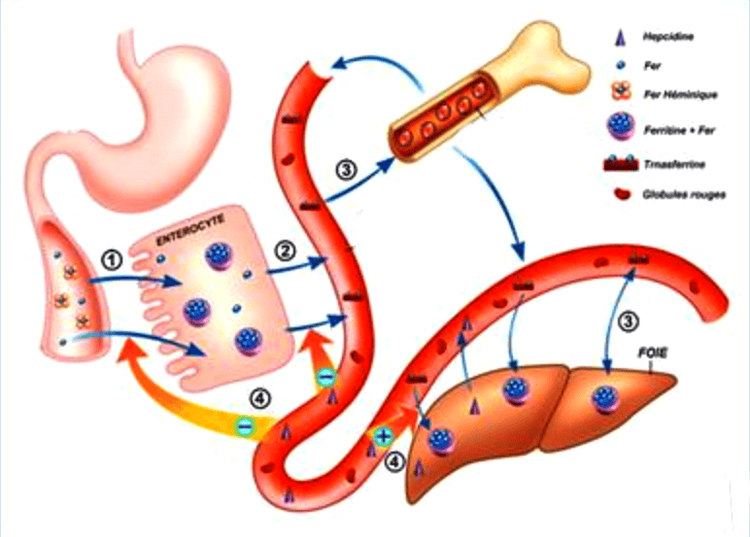
Sắt có mặt ở nhiều tạng trong cơ thể con người với nhiều vai trò khác nhau
2. Iron deficiency anemia
Tests to evaluate iron in the blood will be ordered by the treating doctor when the patient has some symptoms that are suspected of having iron deficiency anemia or diseases of iron overload. Signs of iron deficiency anemia include:Body fatigue for a long time Dizziness Sickness Headache Chest pain Poor perception If the patient has iron deficiency anemia, when performing a blood iron test, it will results in a decrease in serum iron, an increase in Transferrin or TIBC, an increase in UIBC, a decrease in Transferrin % saturation, and a decrease in iron stores in the form of Ferritin and an increase in the Transferrin receptor. During the mild stage of the disease, iron stores will gradually decrease, indicating that iron in the body can still participate in some essential activities, but when a replacement or supplement is needed from the iron stores, body will not be able to respond. If iron deficiency anemia is more severe, serum iron will decrease and Transferrin % saturation will fall below 20%, while Transferrin and TIBC will increase.
As a result, the number of red blood cells produced will gradually decrease, the red blood cell volume is also smaller due to the deficiency of the necessary amount of hemoglobin and causing the symptoms of iron deficiency anemia.
When a patient has any signs of iron deficiency anemia or other diseases related to disorders of iron and iron metabolism, it is necessary to immediately go to a medical facility to have some routine tests done. iron levels in the blood, thereby making the most accurate pathological diagnoses.
See more: What should I eat to supplement iron for people with iron deficiency anemia?

Khám sức khỏe định kỳ, giúp người bệnh được kiếm tra sức khỏe tổng quát
Customers can directly go to Vinmec health system nationwide to visit or contact the hospital hotline for support.
Please dial HOTLINE for more information or register for an appointment HERE. Download MyVinmec app to make appointments faster and to manage your bookings easily.




